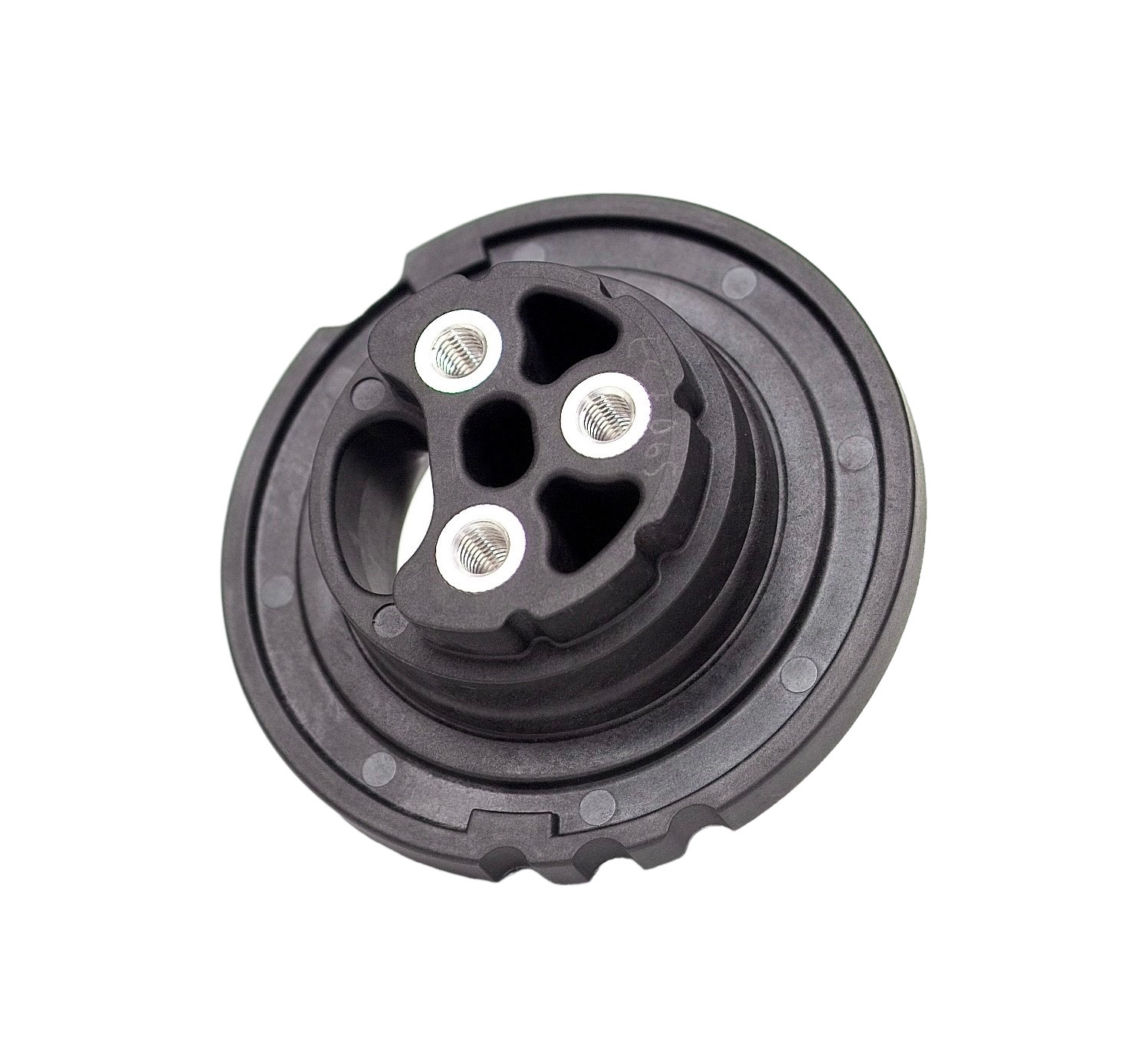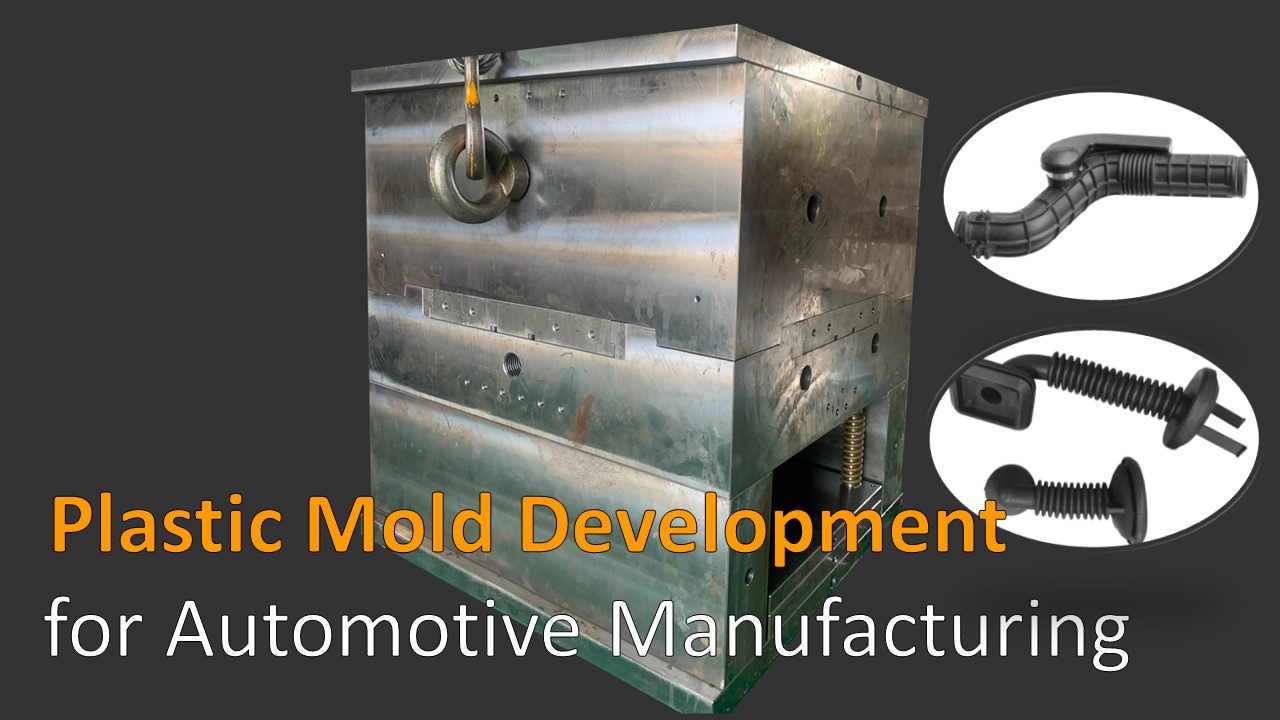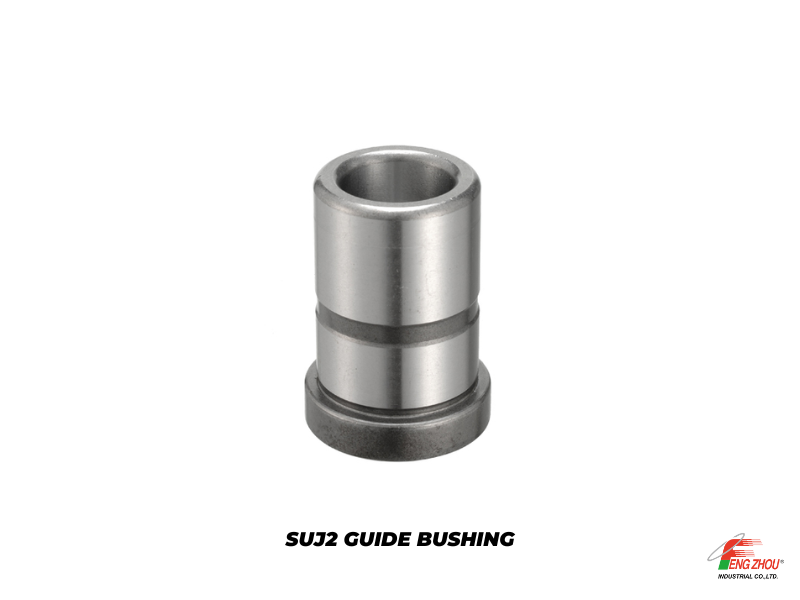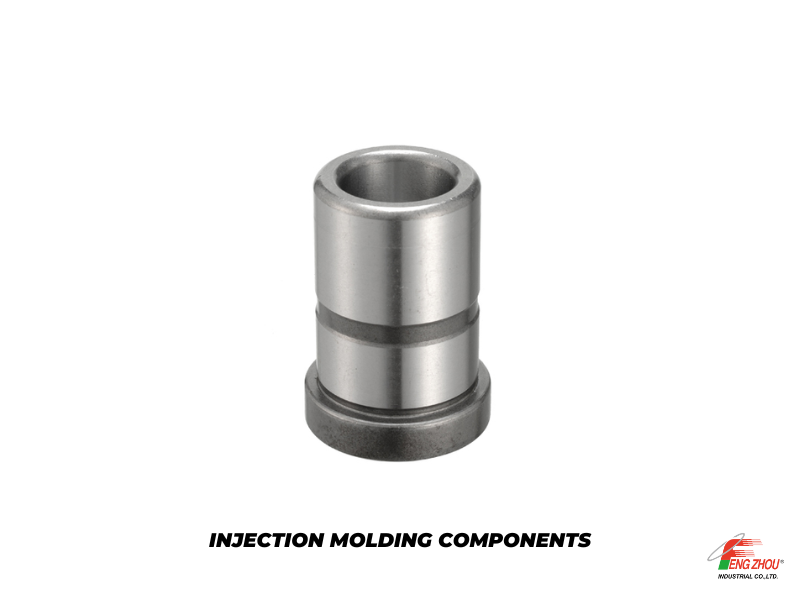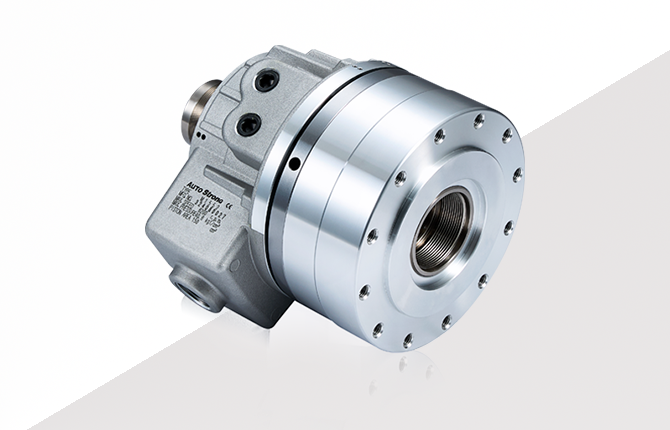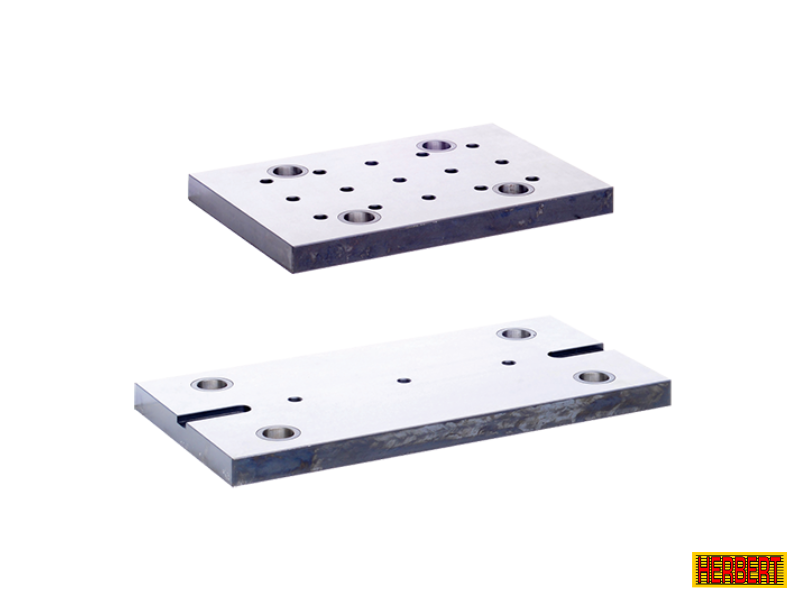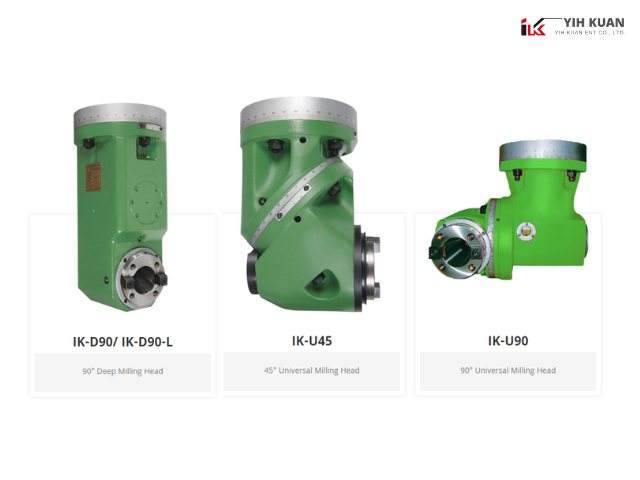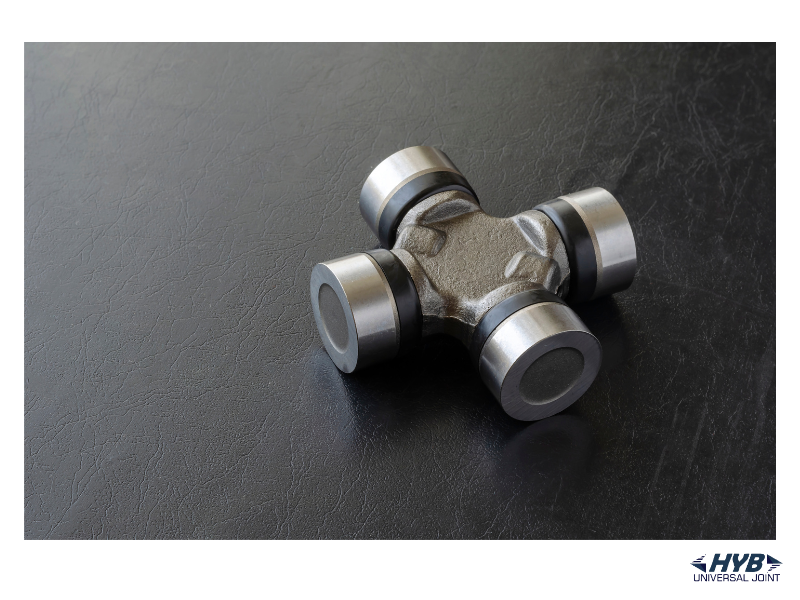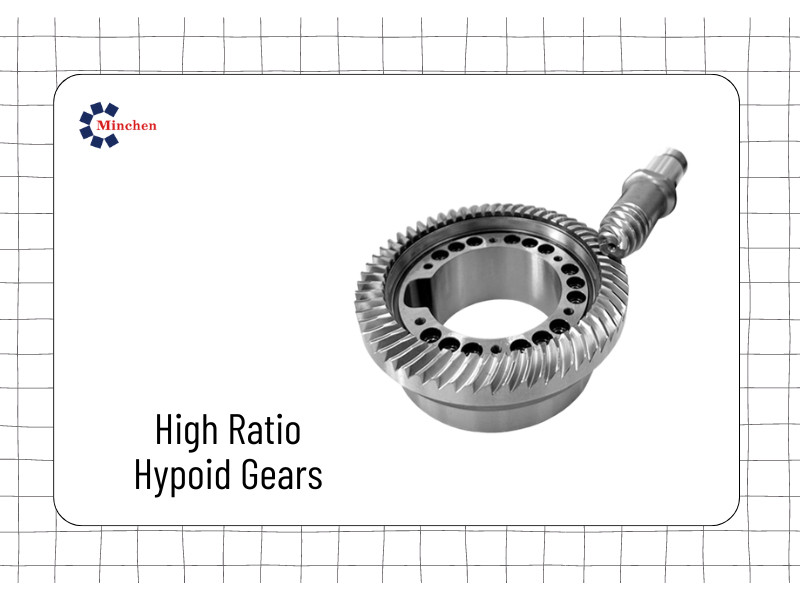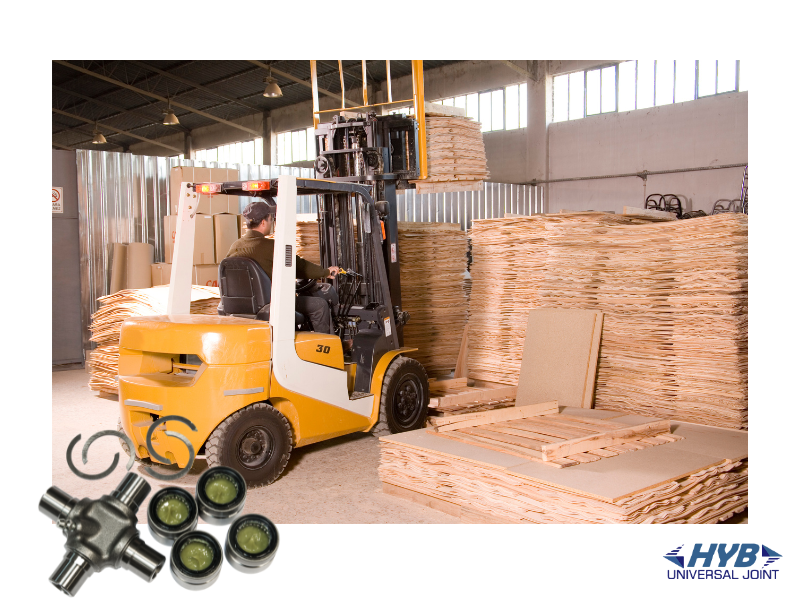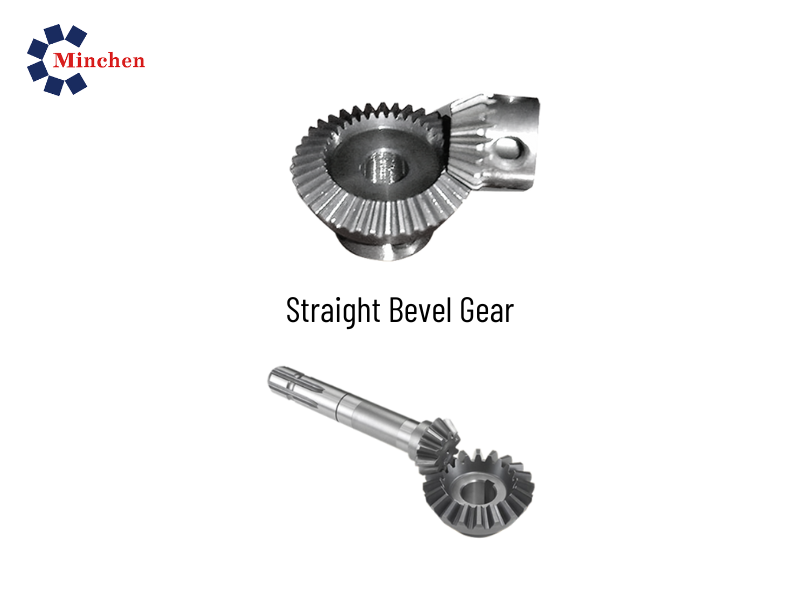Ball Nose End Mills: Long Shank vs. Regular - A Comprehensive Comparison
2023-10-20Machinery
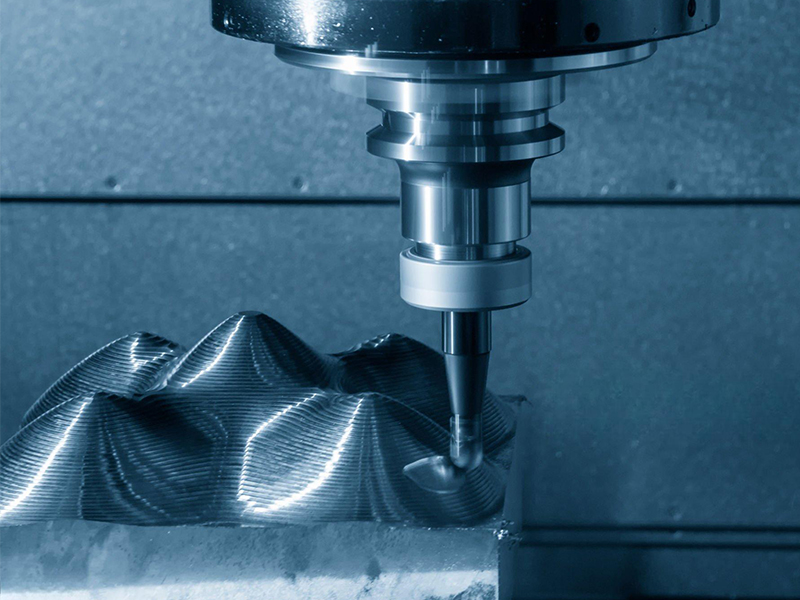
Introduction
Ball nose end mills are essential tools in the machining industry, particularly for creating intricate and contoured surfaces in a wide range of materials. When selecting the right ball nose end mill, it's crucial to consider various factors, including the length of the shank. In this article, we will provide an in-depth comparison between long shank and regular ball nose end mills and explore key considerations when making your choice.
Understanding Ball Nose End Mills
Before we delve into the comparison, let's briefly review what ball nose end mills are. These cutting tools have a rounded tip, resembling a ball, which allows them to create rounded or contoured shapes in workpieces. Ball nose end mills are commonly used in industries such as automotive, aerospace, and mold making, where precision and complex geometry are crucial.
Long Shank Ball Nose End Mills vs. Regular Shank Ball Nose End Mills
Long Shank Ball Nose End Mills:
Reach and Clearance:
- Long shank ball nose end mills have extended shanks, providing better reach and clearance in deep cavities and pockets.
- Ideal for machining deep or complex parts where access can be limited.
Stability:
- Longer shanks offer increased stability, reducing vibrations and chatter during machining.
- Suitable for high-speed machining applications where stability is essential for quality results.
Tool Life:
- Extended shanks cutting forces more evenly, potentially extending the tool's lifespan.
- Excellent for tasks requiring long machining cycles.
Regular Shank Ball Nose End Mills:
Versatility:
- Regular shank ball nose end mills are versatile and suitable for a wide range of applications.
- They are the go-to choice for many standard milling tasks.
Cost-Effective:
- Regular shank ball nose end mills are often more cost-effective than their long shank counterparts.
- A great choice for budget-conscious buyers.
Compatibility:
Standard-length shanks are compatible with most milling machines, making them widely accessible.
Key Considerations When Choosing Ball Nose End Mills
When selecting the right ball nose end mill, consider the following factors:
- Material Compatibility: Assess whether the end mill is suitable for the type of material you intend to machine, as different materials require specific end mill types and coatings for optimal results.
- Tool Geometry: Consider the tool's geometry, including the number of flutes, helix angle, and rake angle, to match the machining operation and material for efficient chip vacuum and surface finish.
- Coating and Material: The type of coating (e.g., TiN, TiAlN, or DLC) and the material (e.g., high-speed steel or carbide) used in the end mill impact tool life and performance. Choose coatings and materials based on the workpiece material and machining conditions.
- Cutting Speeds and Feeds: Understand the recommended cutting speeds and feeds for the specific end mill to optimize machining efficiency and tool life, referring to manufacturer guidelines and performing tests if necessary.
- Tool Size: Select the appropriate end mill size, including diameter and length, based on the dimensions of the workpiece and the machining operation, considering precision and material removal requirements.
- Tool Holder Compatibility: Ensure compatibility between the end mill's shank and the tool holder on your milling machine, whether you need a straight shank, tapered shank, or collet chuck for secure attachment.
- Cutting Depth and Width: Consider the desired cutting depth and width for your machining task and choose end mills with the right flute length and number of flutes to achieve your objectives.
- Tool Brand and Quality: Consider the reputation and quality of the tool brand, as it can impact the reliability and performance of your end mill.
- Budget: Balance your machining requirements with your budget, as long shank end mills may be more expensive than regular ones, to find the best value for your investment.
- Application Specifics: The specific machining operation (e.g., profiling, contouring, slotting, or drilling) and any unique project requirements should influence your choice of end mill.
- Coolant and Lubrication: Determine whether you need coolant or lubrication during machining and choose end mills with features or coatings that support these requirements.
- Tool Life and Durability: Assess the expected tool life and durability of the end mill, as it impacts both cost-effectiveness and machining efficiency.
- Supplier Support: Consider the level of customer support and technical assistance provided by the supplier or manufacturer, as good support can enhance your machining experience.
In summary, when selecting the right ball nose end mill, carefully evaluate factors like material compatibility, tool geometry, coatings, tool size, budget, and other considerations to ensure you choose the best tool for your specific machining needs.
